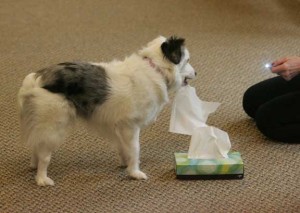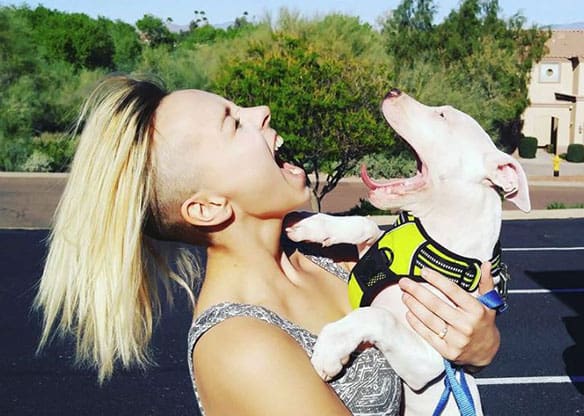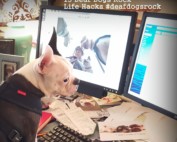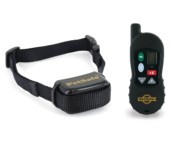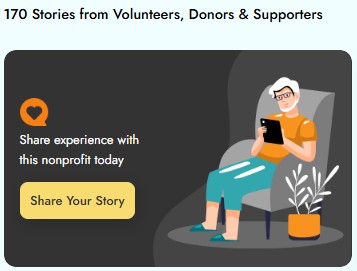I ran across this story on my Google Alerts and it is another wonderful story about a deaf Australian Shepherd and how the dog was trained to bring joy to others. I think you will be inspired by this story especially if you are just starting your journey with training your new deaf dog. The only advice I would change about the training is to always use your hand as a marker (instead of the sound of a clicker) when training your deaf dog with positive reinforcement “clicker” training. In the article the trainer uses a flash light and as most of us deaf dog owners know, many times we will not have flash light with us and why would you want to hold a flashlight in your hands when you can just give the dog a open flash of your hand or a thumbs up sign for a visual marker. Anyway that is just my personal opinion. Since I train and handle two deaf boxers, there is no way I could also hold a flashlight. This article was written by Lillian O’Roake for the SammamishReview.com. Enjoy Rockers! ~ Christina Lee – Deaf Dogs Rock
Photo: Taryn, who is deaf, takes tissues out of a box on a command given by trainer Joey Iversen using a pen flashlight. Photo by Greg Farrar.
Trainer Helps Deaf Dog Bring Joy To Others – By Lillian O’Roake
With a thrust of her black shiny nose, Taryn rolls a six on a large, soft die and wins the game of 21 she’s been playing against the residents of Providence Marianwood.
Taryn is a miniature Australian shepherd and she visits Marianwood once every week or two to show off her many tricks and play games with her two-legged friends there. Her repertoire extends beyond rolling dice to include skills like bowling, pulling a wagon, crawling G.I.-Jane-style under a bench, turning a light switch on and off and skateboarding. But one thing she can’t do is hear. Taryn was born deaf. She’s a double-merle mini Aussie, which means the genes that are responsible for her snowy white coat are also likely to blame for her deafness. Annie Hudson, who is a dietitian at Marianwood, admits that she was apprehensive at first about adopting a dog that could not hear.
At the time, Taryn was 7 years old. After being given up by her owner, she was in the care of the Mini Aussie Rescue and Support organization. The group, located in Kent, eased Hudson’s worries, she said, by putting her in touch with other people who had deaf dogs.
“Most of them said, ‘I would adopt another deaf dog without reservations,’ and now that I have one, I totally agree,” said Hudson. “Things sometimes take a little bit longer because you don’t have the other added sense of voice and hearing, but once she catches on to things she takes it and runs.”
The mini Aussie breed is popular for agility courses, but when Hudson went looking for a dog trainer all she had in mind was helping her new, timid friend be more confident and happy. That’s when she and Taryn met Sammamish trainer Joey Iversen, whose 15 years in the business have included working with several deaf dogs.
Iversen explained that training dogs like Taryn just means making a few adjustments. Iversen’s method always includes using a marker – something that immediately tells the dog that they have done something right. For canines that can hear, the marker is usually a clicker; Taryn’s is a flash light. “I think it’s one of those things where it is possible to continue to give our pets greater and greater quality of life regardless of their limitations, whether its blindness, deafness, other types of physical limitations,” Iversen said. “They are such fantastic learners. We just need to look at it from a different way and adjust methodologies.”
To read the full article in the SammamishReview.com, please click here.

